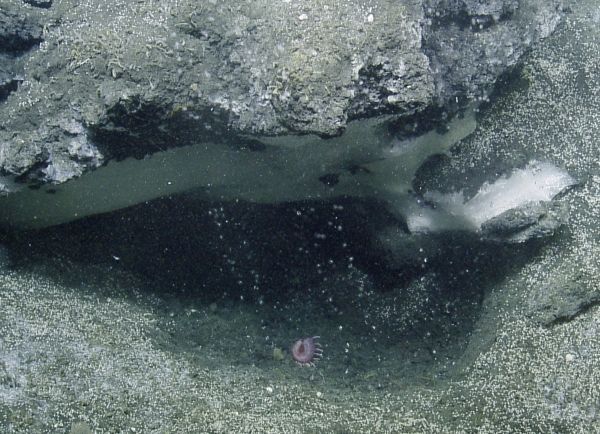A research team has successfully recorded the sound of methane bubbles from the seafloor off the Oregon coast using a hydrophone, opening the door to using acoustics to identify – and perhaps quantify – this important greenhouse gas in the ocean.
The next step, researchers say, is to fine-tune their ability to detect the acoustic signature of the bubbles so they can use the sounds to estimate the volume of methane in the offshore reservoirs.
Results of the study have just been published in the journal Deep-Sea Research II.
“The bubbles in the streams make sound, and the frequency of the sound is related to the size of the bubble,” said Robert Dziak, an acoustics scientist with the National Oceanic and Atmospheric Administration and lead author on the study. “The smaller the bubble, the higher the pitch. And the larger the bubble, the lower the sound pitch, but the more methane it contains.
“Our ultimate goal is to use sound to estimate the volume and rate of methane gas exiting these seafloor fields,” added Dziak, who has a courtesy appointment in OSU’s College of Earth, Ocean, and Atmospheric Sciences.
Read more at Oregon State University
Image: Methane seep. CREDIT: Oregon State University


